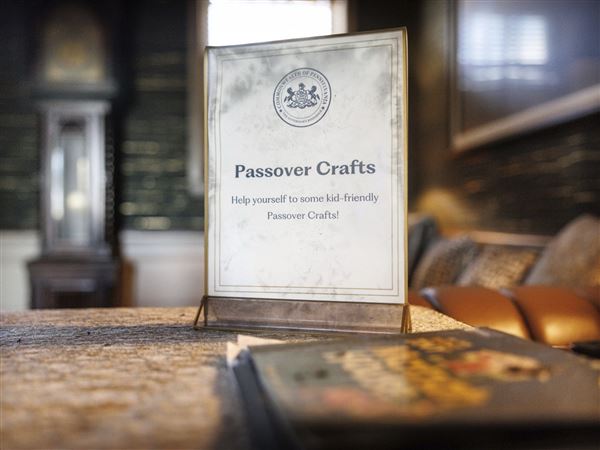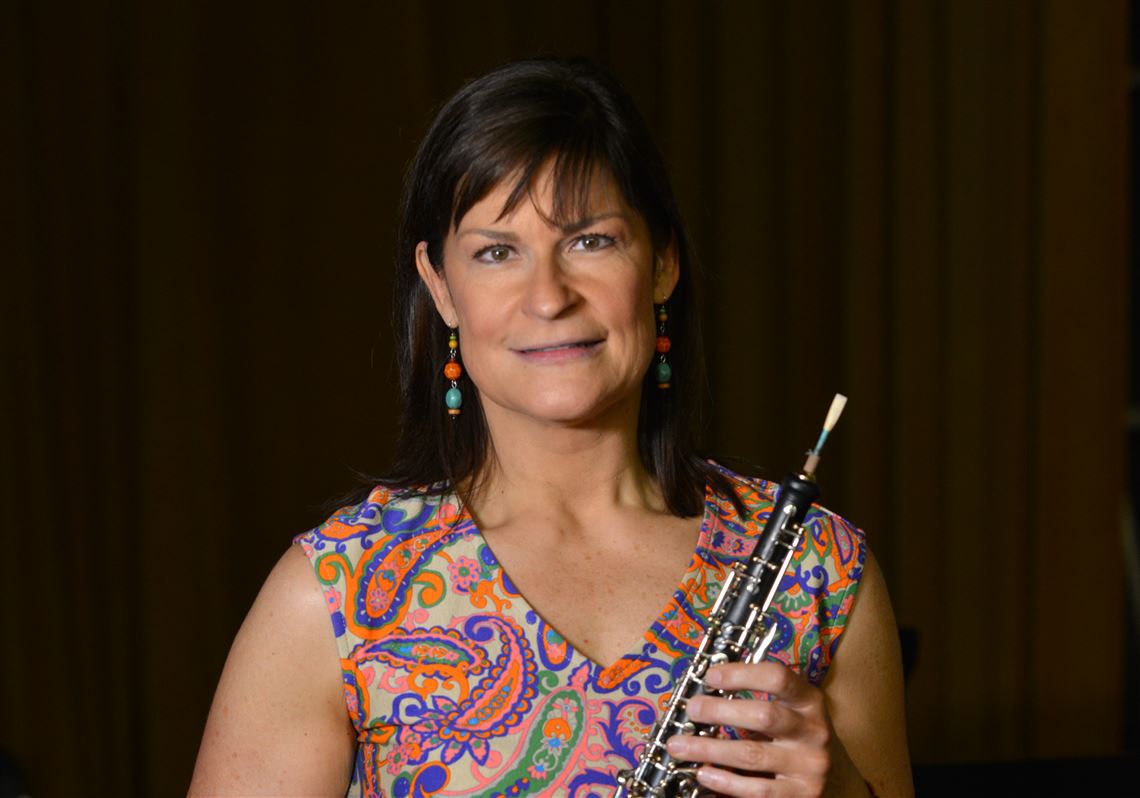It is unusual to program two concertos in one half of an orchestra concert, but the pair in the Pittsburgh Symphony Orchestra’s season finale — one new and unusual, the other familiar but rendered with mastery — provided plenty of variety and justified that idea.
Conducted by music director Manfred Honeck, Friday night’s concert at Heinz Hall marked the world premiere of Alan Fletcher’s Concerto for Oboe and Orchestra, which was written for principal oboist Cynthia Koledo DeAlmeida. Mr. Fletcher, the former head of Carnegie Mellon University’s School of Music, previously composed concertos for PSO principal clarinet and bassoon players.
This concerto was at times traditional — the second of its three movements was titled Chaconne — and other times inventive. While often tonal, it was layered with acidic dissonance, particularly in the opening movement, and had a rugged, American quality. On a first listen, I preferred the latter two movements, particularly Ms. DeAlmeida’s gorgeous depiction of the Irish ballad “Danny Boy” in the Chaconne and the rhythmic propulsion of the third. To the piece’s virtuosic and artful writing the oboist delivered a thick, pure tone, dressed with a gently ebbing vibrato. Her endurance was evident in this work, and in the mere fact that she played the demanding oboe part in Mahler’s Symphony No. 1 at the end of the concert.
The performance of Liszt’s Piano Concerto No. 2 was epic in the confident hands of Yefim Bronfman. The pianist transmitted Liszt’s showy piano writing as if it were a sneeze, whether lightly skimming over the thunderous second section or smoothing out the work’s pyrotechnical runs with superlative legato. Those technical demands distinguish pianists like Mr. Bronfman, but so does his sensitivity in the concerto’s relatively few moments of sheer artistry, particularly the sweet, wind-chime tone he brought to his love duet with the cello of Anne Martindale Williams.
Plenty of composers know enough about the psychology of audiences to write cinematic endings, and Mahler’s First Symphony is a quintessential example. Those crowd-pleasers sometimes cover up otherwise uninteresting playing, but the PSO’s glorious conclusion to Mahler’s “Titan” reflected the quality of the rest of the performance.
With Andrew Wan of the Montreal Symphony Orchestra as guest concertmaster, Mr. Honeck’s Austrian-centric interpretation offered an onomatopoeic take on the naturalistic opening, with its quacking cuckoos and woody pizzicatos. The rowdy second movement, touched up by stretched tempos, had an authentic, folkloric quality, and the third movement’s schmaltzy Klezmer sections came in like memories of the fallen hunter at his funeral.
The dark, inspired playing by the musicians was symbolized by the aural and visual impact of that ending, when the eight French horn players stood up to bid the PSO season farewell.
Concert repeats at 7:30 tonight, 2:30 p.m. Sunday.
Elizabeth Bloom: ebloom@post-gazette.com or 412-263-1750. Twitter: @BloomPG.
First Published: June 13, 2015, 4:35 a.m.
















